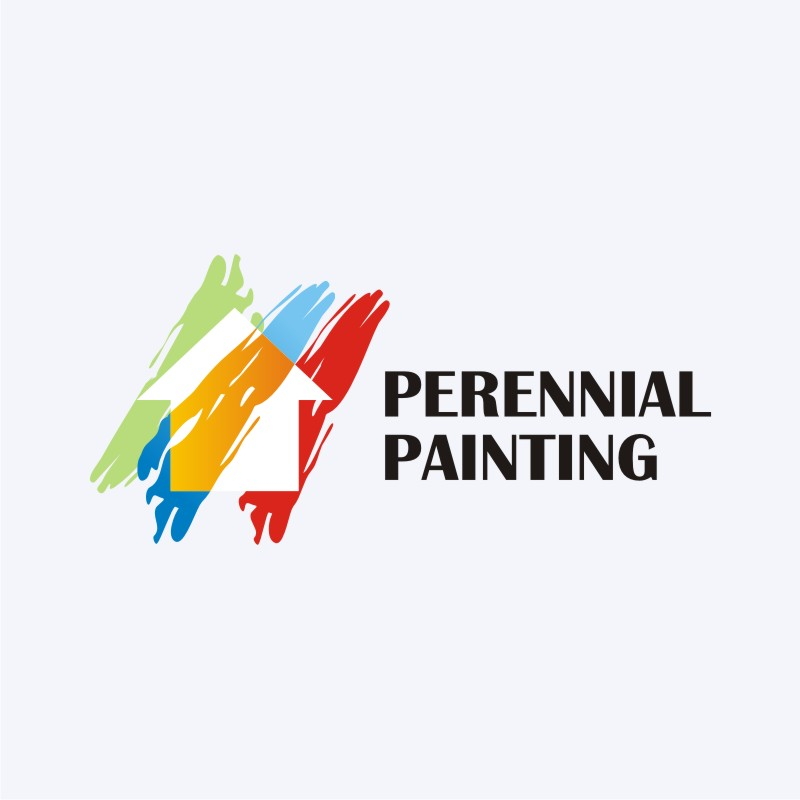Weather Condition Plays A Crucial Duty In The Success Of Your Industrial External Paint Task-- Find Out Exactly How It Can Affect The Results
Weather Condition Plays A Crucial Duty In The Success Of Your Industrial External Paint Task-- Find Out Exactly How It Can Affect The Results
Blog Article
Short Article Written By-Rode Duckworth
When you're intending a business outside paint job, don't undervalue the impact of climate on your outcomes. interior painting portland or require to consider aspects like temperature, moisture, and precipitation, as they can make or break your paint job. As an example, did you recognize that optimal problems call for certain temperature level arrays and moisture levels? Stopping working to keep track of these aspects can cause uneven coatings and even damages to fresh paint. Recognizing shutter painter is crucial to achieving a long-lasting, expert end result. So, what details weather should you be wary of?
Temperature Considerations
When it comes to industrial outside painting, temperature level plays a crucial role in the result of your project. If you're repainting in severe warm, the paint can dry out as well rapidly, causing concerns like poor bond and uneven surfaces. You intend to go for temperature levels in between 50 ° F and 85 ° F for the very best results. Listed below 50 ° F, paint might not heal appropriately, while above 85 ° F, you risk blistering and cracking.
Timing your task with the ideal temperatures is vital. Beginning your work early in the morning or later in the afternoon when it's cooler, specifically throughout hot months.
Likewise, think about the surface area temperature; it can be substantially greater than the air temperature, particularly on warm days. Make use of a surface thermostat to check this prior to you start.
If temperatures are uncertain, keep an eye on the weather report. Abrupt temperature level drops or warm front can derail your plans. You don't intend to begin painting only to have the problems alter mid-project.
Humidity Degrees
Moisture levels considerably affect the success of your commercial exterior painting job. When the moisture is too high, it can prevent paint drying out and treating, leading to a series of problems like bad adhesion and complete quality.
If you're preparing a task during wet problems, you may locate that the paint takes longer to dry, which can prolong your project timeline and increase prices.
On https://www.realtor.com/advice/home-improvement/paint-prep-things-to-do-before-painting-your-house/ , reduced humidity can likewise position difficulties. Paint may dry also rapidly, stopping correct application and resulting in an uneven finish.
You'll intend to keep an eye on the humidity levels closely to ensure you're functioning within the suitable range, commonly in between 40% and 70%.
To get the best results, take into consideration making use of a hygrometer to measure moisture before starting your project.
If you find the levels are outside the ideal range, you might need to change your routine or pick paints developed for variable problems.
Constantly seek advice from the maker's guidelines for certain recommendations on moisture tolerance.
Rainfall Influence
Rainfall or snow can substantially disrupt your industrial outside painting plans. When precipitation happens, it can wash away fresh applied paint or create an unequal finish. Ideally, you wish to choose days with completely dry weather condition to make sure the paint sticks properly and cures successfully. If you're caught in a rain shower, it's ideal to stop the project and wait for conditions to enhance.
Moreover, snow can be a lot more damaging. Not only does it produce a wet surface area, however it can also decrease temperature levels, making it hard for paint to completely dry. This can bring about concerns like peeling or blistering down the line.
It's crucial to check the weather report prior to starting your job. If rain or snow is predicted, think about rescheduling.
Constantly keep in mind to allow adequate drying time in between layers, especially if the weather condition stays unpredictable.
Conclusion
Finally, keeping an eye on the weather is necessary for a successful industrial external paint job. By monitoring temperature level, humidity, and rainfall, you can make sure the best conditions for application and treating. Bear in mind to plan your work around favorable climate and constantly follow manufacturer guidelines. With the ideal method, you'll accomplish a durable, beautiful surface that can endure the elements. Do not allow the weather capture you unsuspecting-- remain educated and paint smart!
